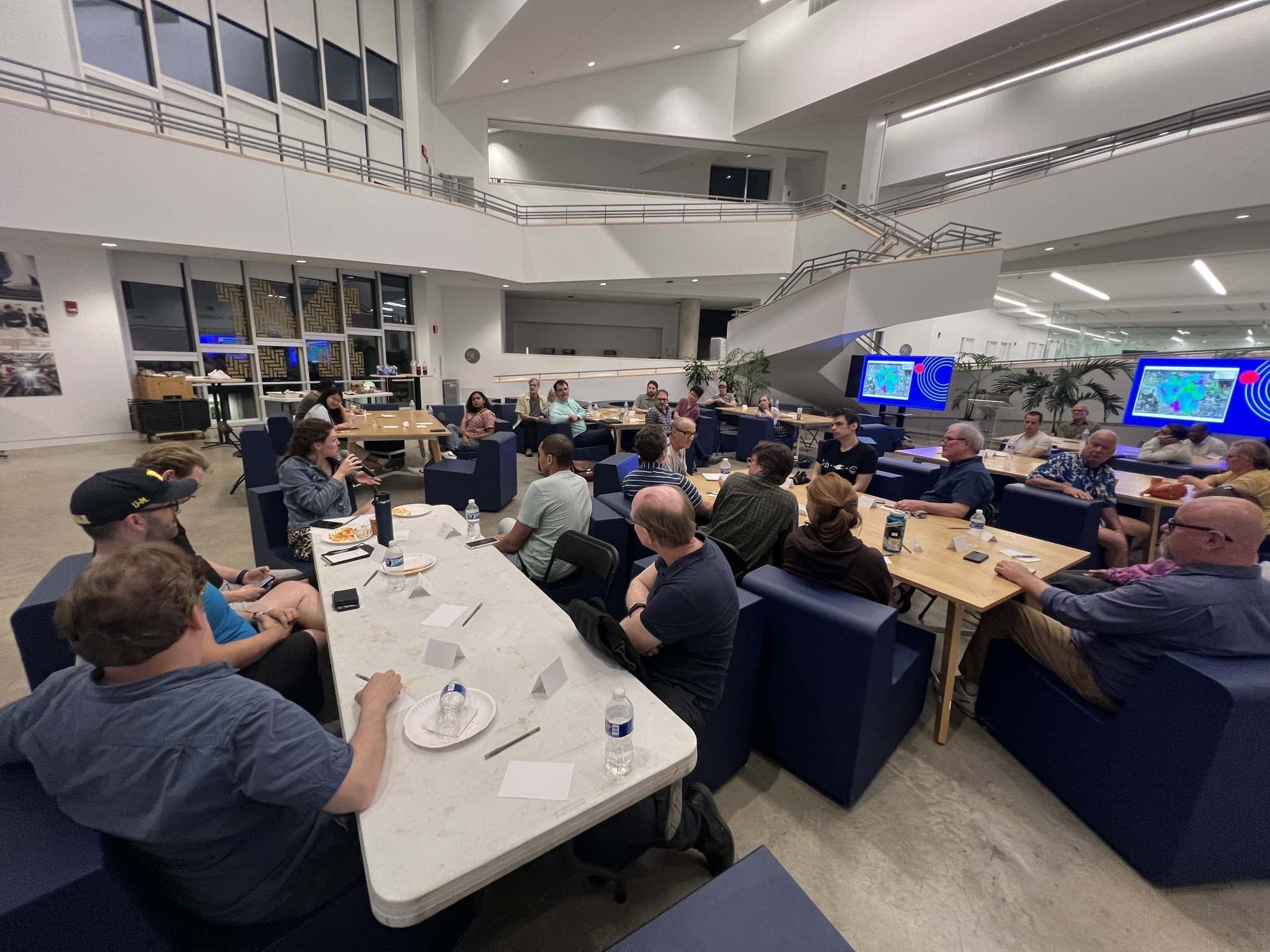
Goals
What does Neighborhood Institute stand for?
LAND USE REFORM GOALS
Increasing Density and Mixing Uses: Building more homes — more densely and closer to daily needs — helps affordability, transit ridership, the environment, the economy, and people’s health.
Accepting Growth: Our most livable neighborhoods have changed over time, and they should continue to grow to meet today’s needs.
Knowing The Harms Of Zoning: Many zoning rules were made to segregate people, and they continue to do so. They also promote car dependency. We need to learn from those injustices and undo them.
Understanding Why We’re Stuck: Our political processes are biased toward the status quo. Get community input about city-wide goals, not about specific projects.
Legislating Values: Rather than reforming existing zoning, with all its accumulated problems, focus on creating only zoning rules that target real harms.
Making Big Policy Changes: Policy obstacles to housing abundance are many. Small reforms won’t fix large problems like the housing shortage quickly enough.
Ensuring Rules Are Clear And Efficient: It should be easy to understand and apply building regulations. Development processes should not be long or unpredictable.
Distributing Change Throughout The City: The burdens and benefits of urban change should be shared equitably among neighborhoods.
Examining All Barriers To Building: Zoning rules are not the only impediments to development. All costs should be scrutinized.
Stopping Self-Defeating Development: If we want to promote housing and walkability, making good development easy is necessary but not sufficient. We also need to stop allowing developments that work against those goals. Mistakes have direct and indirect impacts for generations.
Taming Parking: Parking shapes cities. Cities should not mandate car parking, and the parking that is allowed should not interrupt walkability. When appropriate, cities may need to limit how much parking can be built.
Thinking Regionally: Housing and transportation policy do not stop at city boundaries. Cities should assess how plans will affect people outside their own borders.
TRANSPORTATION REFORM GOALS
Providing Access, Not Speed: Transportation should focus on getting more people to more places easily and safely, not just faster by car.
Right-Sizing Our Roads: We've overbuilt our roads. They’re too wide, fast, and dangerous.
Changing The Rules: The US has far more traffic deaths than similar countries. Cities can’t keep using the same dangerous transportation practices that got us here.
Thinking About the Neighborhood: Roads and how we use them affect nearby homes and businesses. Slow, safe streets make neighborhoods better.
